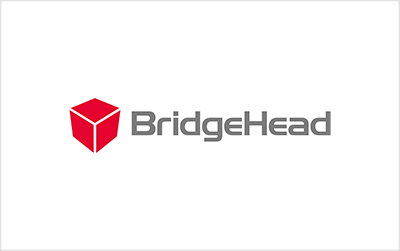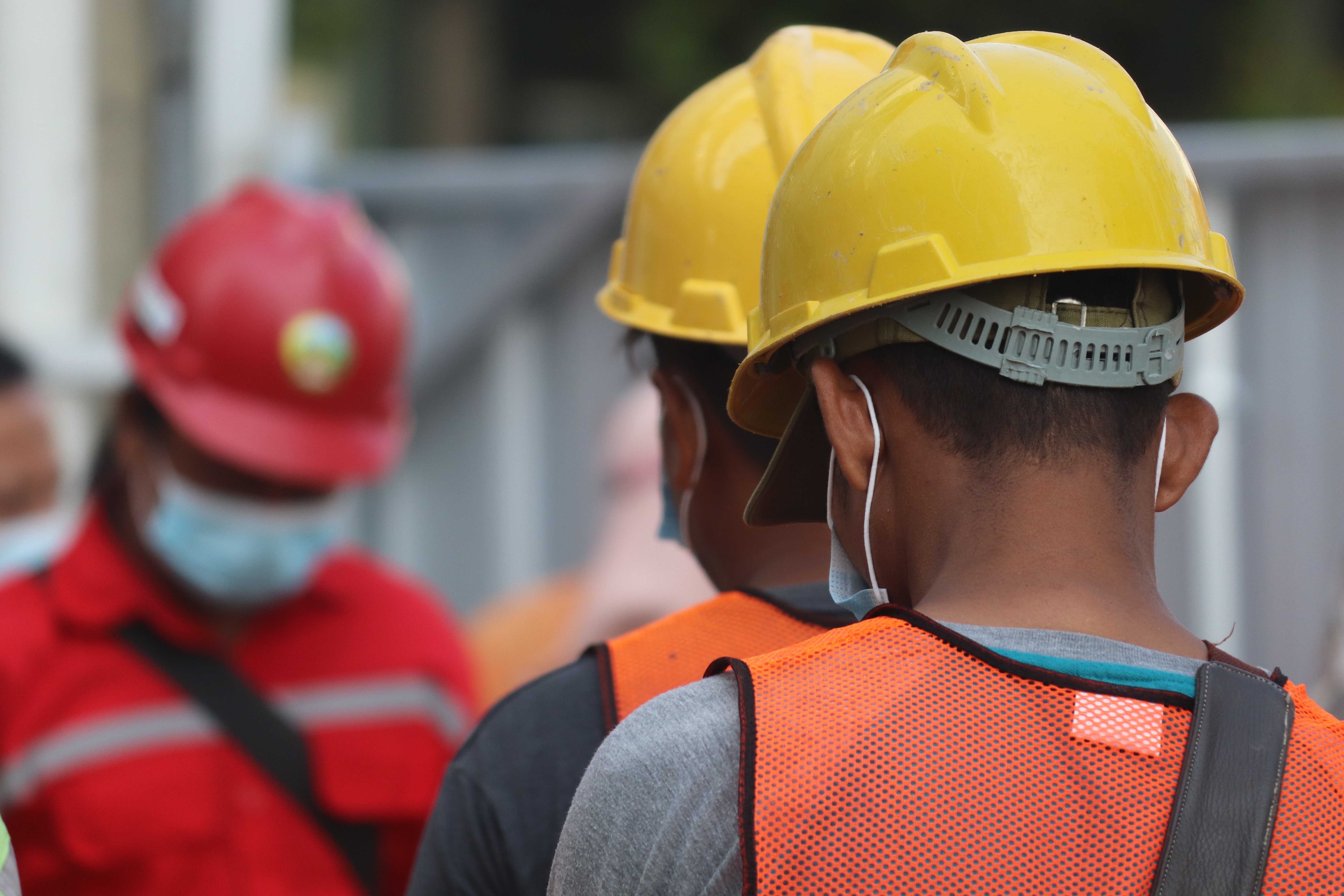Last Updated on: 27th September 2024, 06:47 am
For many families facing the challenges of Autism Spectrum Disorder (ASD), life can often feel daunting and isolating. With around 78 million people affected by autism worldwide, parents are constantly searching for effective treatments that truly assist their loved ones. That’s where the QPAN® Model comes in—a groundbreaking approach that combines advanced technology and artificial intelligence with personalised support, offering encouragement to families everywhere.
The QPAN® Model, which stands for QEEG-Guided Personalised AI-Based Neuromodulation and Rehabilitation, is a transformative method for treating autism. This innovative approach uses Quantitative EEG (QEEG), a brain imaging technique that maps brainwave activity to pinpoint areas of dysfunction. The Neuromap® platform analyses these EEG waves using advanced artificial intelligence and proprietary algorithms, generating comprehensive QEEG reports that offer valuable insights. With this information, bespoke algorithms, combined with AI, create personalised treatment plans that adapt as the individual progresses, ensuring care is precisely tailored to their evolving needs.
Imagine a child who struggles with communication or social interaction. The QPAN® Model enables the customisation of targeted interventions, such as transcranial Direct Current Stimulation (tDCS), a non-invasive method that optimises brain activity for these children. Early results have shown cognitive improvements and significant reductions in repetitive behaviours, enhancing both thinking skills and emotional regulation to ease social interactions.
Education is another area where the QPAN® Model is making a significant impact. Traditional teaching methods often leave children with autism behind, but with personalised learning plans guided by QPAN® techniques, educators have reported an increase in academic performance among autistic students. This approach opens up new avenues for success that once seemed out of reach.
The financial burden of autism care can be overwhelming, with costs in the United States reaching up to $2.4 million over a lifetime. The QPAN® Model not only aims to improve outcomes but also has the potential to significantly reduce treatment duration. By decreasing the need for intensive therapies, it alleviates the financial strain on families, enabling them to prioritise building strong relationships and supporting personal growth.
Dr. Alptekin Aydin, the creator of the QPAN® Model, highlights the importance of personalised care. “We want to empower families and provide them with the tools to navigate autism,” he says. “Our mission is to improve lives—not just treat symptoms.”
As the QPAN® Model continues to gain recognition, it stands as a beacon of encouragement for families dealing with the challenges of autism. This innovative approach is revolutionising the treatment of autism, providing individuals on the spectrum and their families with brighter futures.






